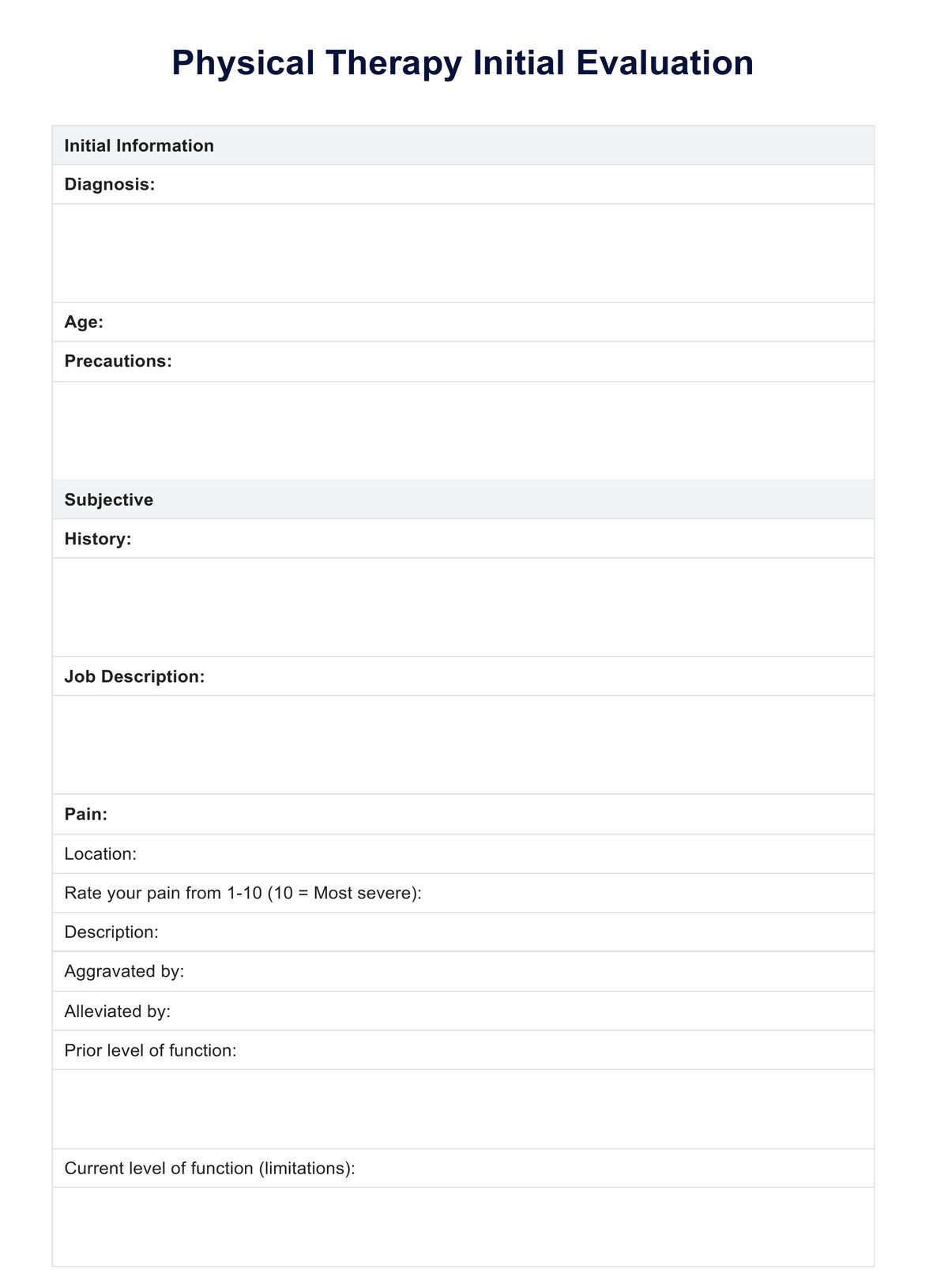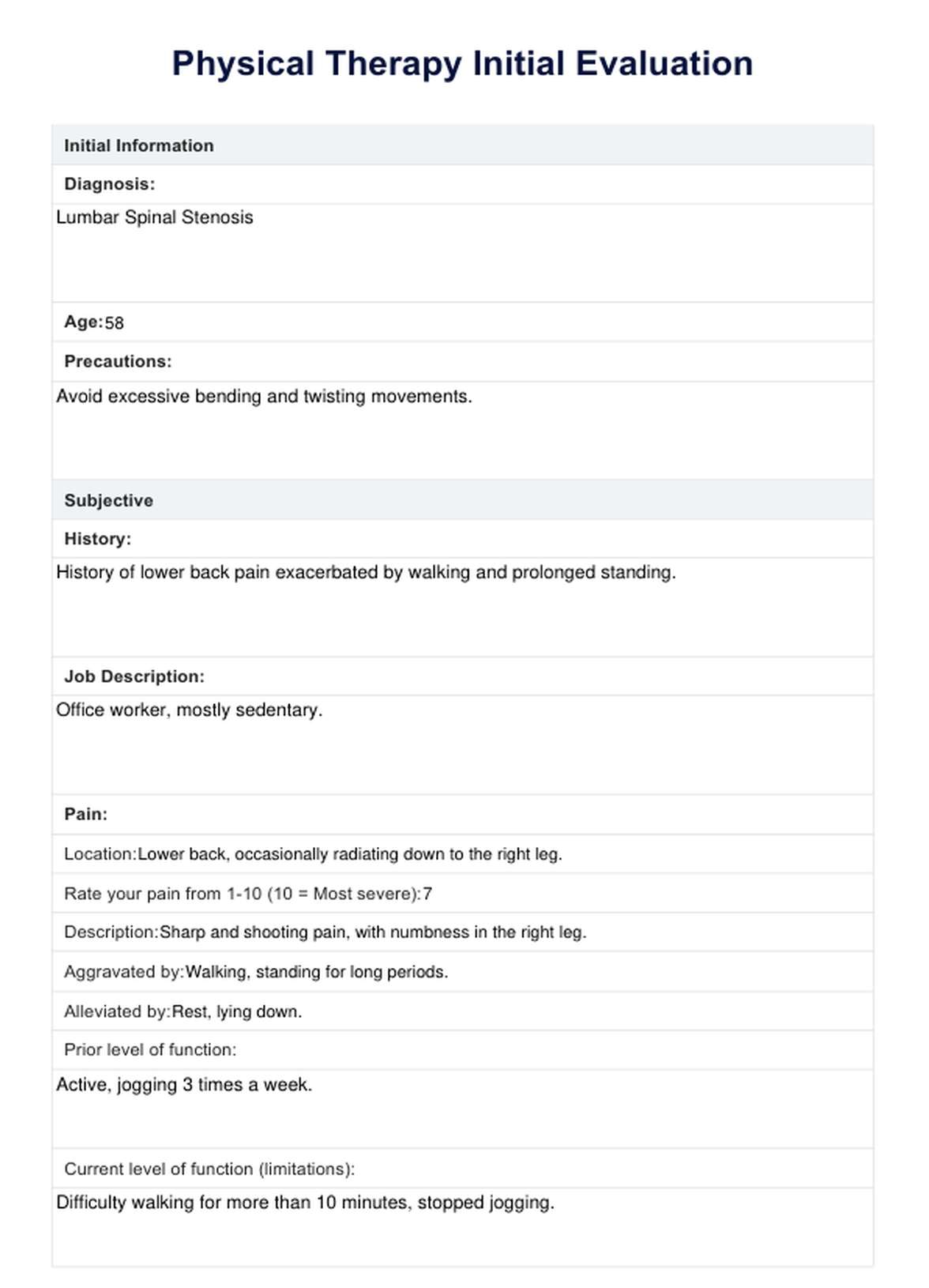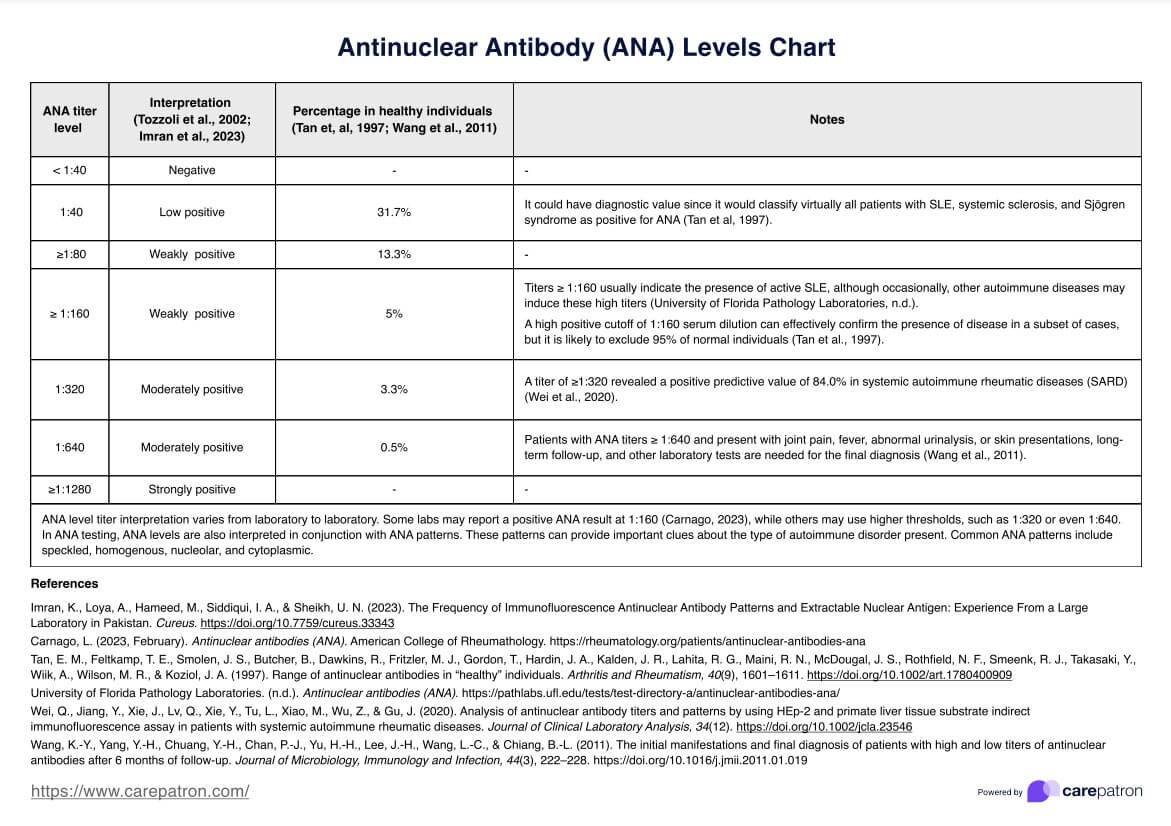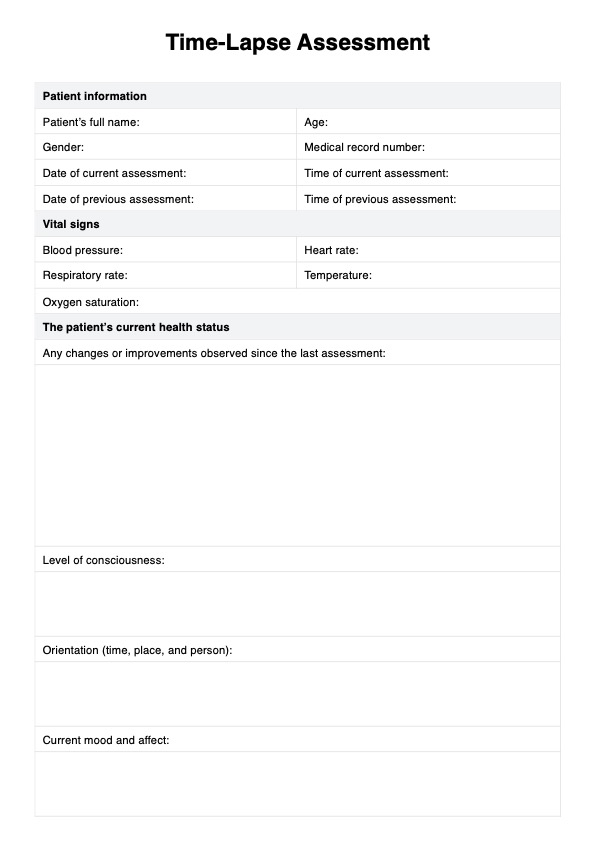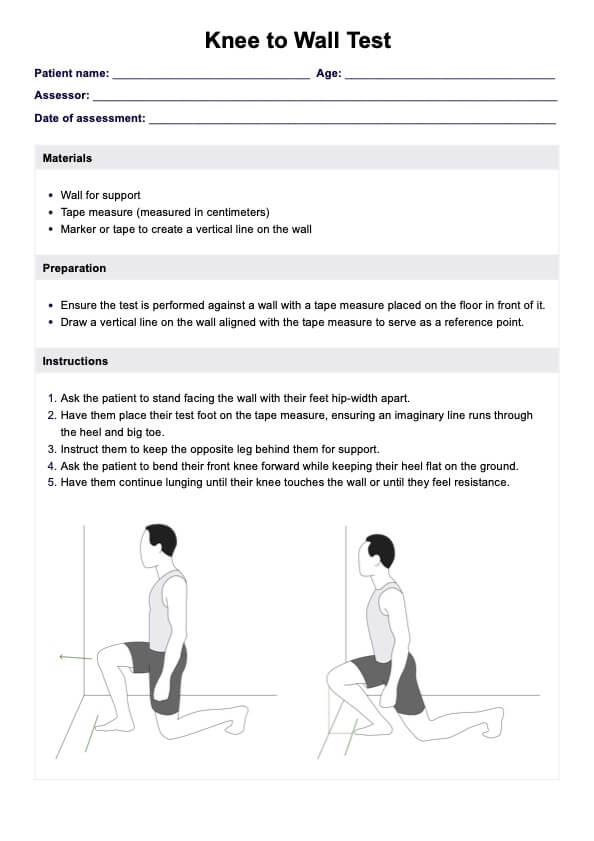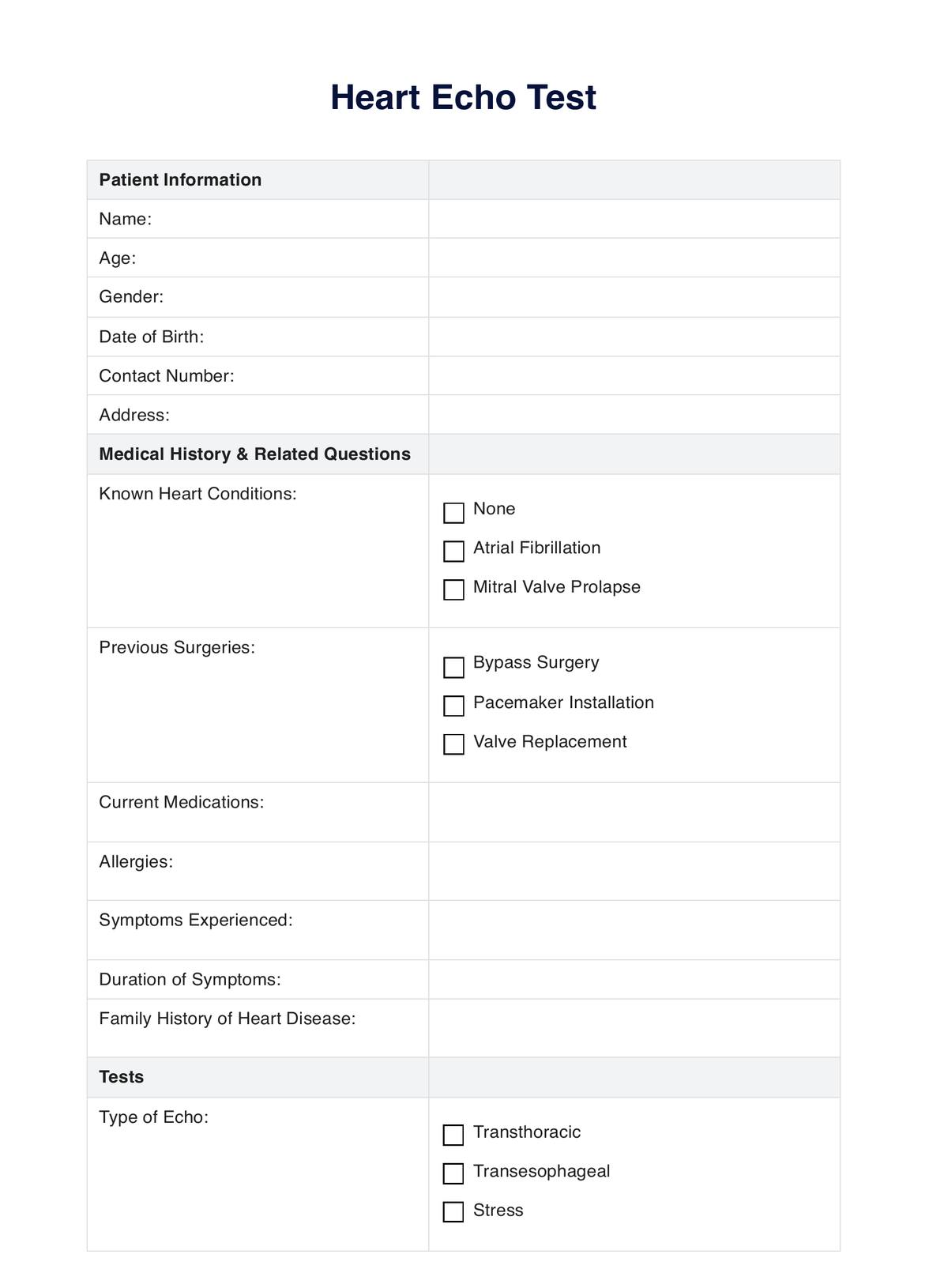Physical Therapy Initial Evaluation
Unlock the benefits of Physical Therapy Initial Evaluation: a key step in personalized treatment planning for improved mobility and pain relief.


What is a Physical Therapy Initial Evaluation?
A Physical Therapy Initial Evaluation is a comprehensive assessment conducted by physical therapists at the beginning of a patient's treatment journey. This evaluation is crucial for establishing a baseline of the patient’s physical condition, including strength, mobility, and pain levels.
It involves a detailed review of the patient's medical history, physical therapy examination, and the creation of a personalized treatment plan. The goal is to gather all necessary information to guide the therapeutic process effectively, addressing the patient's specific needs and goals for recovery.
Physical Therapy Initial Evaluation Template
Physical Therapy Initial Evaluation Example
What happens during the initial physical therapy appointment?
During the initial physical therapy appointment, the therapist conducts a thorough evaluation, which includes discussing the patient's medical history and the reasons for seeking therapy. The physical therapist performs tests to assess muscle function, mobility, and other relevant physical attributes.
This examination may involve manual muscle testing, gait analysis, and special tests designed to diagnose specific conditions. The therapist and patient will also discuss symptoms, pain levels, and the patient's functional goals. This appointment sets the foundation for the patient's treatment plan, incorporating therapeutic modalities suited to their individual needs.
What to document during the evaluation?
Documenting the initial evaluation is critical for creating an effective treatment plan. Essential elements to document include:
- Patient history: Comprehensive medical history review, current medications, and the primary reason for the physical therapy referral.
- Clinical examination findings: Details of physical assessments performed, including muscle function tests, mobility assessments, and any observed abnormalities.
- Patient's goals: Documentation of the patient's personal rehabilitation goals and expected outcomes from therapy.
- Proposed treatment plan: A tailored plan outlining specific exercises, therapeutic modalities (e.g., electrical stimulation, heat/cold sensitivity treatments), and frequency of therapy sessions.
Benefits of Physical Therapy Initial Evaluation
The initial evaluation in physical therapy is a crucial step in the therapeutic process, offering several key benefits that set the stage for effective treatment and recovery.
Here are some of the most significant advantages:
Comprehensive understanding of patient needs
The initial evaluation provides physical therapists with a detailed understanding of the patient's physical condition, past medical history and, and personal rehabilitation goals. This comprehensive insight is critical for designing a treatment plan tailored to the individual's needs and challenges, ensuring a more targeted and effective therapeutic approach.
Establishing a baseline for progress
This evaluation is a baseline measurement of the patient's physical abilities and limitations at the start of therapy. It enables therapists and patients to track progress over time, adjusting the treatment plan to continue meeting the patient's evolving needs and ensuring that recovery goals are effectively pursued.
Enhancing patient-therapist communication
The initial evaluation session is an opportunity for patients to express their concerns, symptoms, and expectations regarding physical therapy. This open dialogue fosters a strong therapeutic alliance between the patient and therapist, enhancing mutual understanding and cooperation throughout treatment.
Identifying potential health issues early
Early detection of potential health issues or complications is another critical benefit of the initial evaluation. By thoroughly assessing the patient's condition from the outset, physical therapists can identify and address any underlying or co-occurring health problems that may impact the patient's recovery, ensuring a holistic approach to care.
Setting realistic goals and expectations
The evaluation process allows therapists to work with patients to set realistic, achievable goals for therapy. This collaborative goal-setting motivates patients and provides a clear roadmap for the treatment journey, helping to manage expectations and measure success in a meaningful way.
Facilitating personalized care
Perhaps the most significant benefit of the initial evaluation is the ability to provide personalized care. Understanding the unique aspects of each patient's condition and lifestyle enables therapists to customize every aspect of the treatment, from selecting specific exercises and therapeutic modalities to the frequency and duration of therapy sessions.
The initial evaluation in physical therapy is foundational, offering essential insights and opportunities that contribute to a successful treatment outcome. It ensures that care is patient-centered, goal-oriented, and adaptive to the individual's changing needs throughout their rehabilitation journey.
How to prepare for a physical therapy evaluation?
Preparing for a physical therapy evaluation is crucial in ensuring that the initial appointment is as informative and effective as possible.
This preparation helps create a conducive environment for the physical therapist and the patient, facilitating a comprehensive assessment that will guide the subsequent treatment plan.
For physical therapists
Here are detailed steps for PTs:
- Review medical records: Before patients arrive, thoroughly review their medical records and any referral notes. This helps understand the patient’s medical history and any concerns that must be addressed.
- Prepare the evaluation space: Ensure that the evaluation space is organized and equipped with all necessary tools and equipment for conducting physical assessments, such as goniometers, resistance bands, and balance tools.
- Set clear objectives: Plan what needs to be accomplished during the evaluation, including specific assessments and discussions regarding the patient's health and rehabilitation goals.
- Compile assessment forms: Prepare and organize any forms or documentation needed for the evaluation, including intake forms, consent forms, and evaluation templates.
For patients
Here are detailed steps that patients can take before the evaluation:
- Compile medical history and medication list: Gather relevant medical documents, a list of current medications, and past treatment records. This information will be vital for the therapist to tailor the evaluation and treatment plan to your specific needs.
- Wear appropriate clothing: Dress in comfortable, loose-fitting clothing that allows for unrestricted movement. This is important as the therapist may need to assess joint mobility and muscle function.
- Prepare questions and goals: Think about what you wish to achieve through physical therapy and any questions about the treatment process. Being clear about your goals and concerns can greatly enhance the effectiveness of the evaluation and subsequent treatments.
- Arrive early: Aim to arrive a few minutes early for your appointment to complete any necessary paperwork without rushing, ensuring a smooth start to the evaluation process.
By following these steps, physical therapists and patients can ensure that the initial evaluation is thorough and productive and lays a solid foundation for a successful therapeutic relationship and treatment outcome.
Commonly asked questions
A PT examination involves a patient's physical testing and assessment to understand their condition. At the same time, an evaluation analyzes the physical examination and findings to diagnose and devise a treatment plan.
An initial evaluation in physical therapy is the first comprehensive assessment of a patient, including reviewing medical history, conducting physical tests, and setting goals to inform the treatment plan.
Assessment systematically collects information about a patient's condition through tests and observations. Evaluation is interpreting assessment data to make clinical patient care decisions.

.jpg)
